I had the opportunity to attend both the talk "Two Nanyang Styles" by Kwok Kian Chow and the 100 Years of Singapore art exhibition at the Singapore Chinese Cultural Centre (SCCC) yesterday.
I had the opportunity to attend both the talk "Two Nanyang Styles" by Kwok Kian Chow and the 100 Years of Singapore art exhibition at the Singapore Chinese Cultural Centre (SCCC) yesterday.
Lit Review: https://observer.com/2023/06/singaporean-artist-georgette-chen-sets-three-auction-records-in-less-than-one-year/ Singaporean Artist Georgette Chen Sets Three Auction Records in Less Than One Year By Alexandra Tremayne-Pengelly • 06/01/23 2:04pm
Auction headlines
that get into the news are sooooo about money. If you read them, they highlight
the movement of money. Most of the time, this kind of news is about how much
money the art was sold and how much it has risen in its financial value. There
will be little about art's other values. You know, pictorial value, beauty,
social value, whatever. Hence the only thing we are sure of in this kind of
news is its exponential 'surprising' - rise in financial value.
Thanks
to Jeffrey Say for highlighting this piece of news about Georgette Chen’s
auction success (Tremayne-Pengelly). This lit review is not a critique of
money and art speculation. Instead, I want to unpack thoughts around it by following
the money.
Before this auction,
somebody sold and bought 2 of Chen's paintings each for $1.6 million and nearly
$1.5 million in November (2022) and August (2022), respectively. This sale of
$1.8 million is the 3rd time Chen's auction record has been broken — the sales
total to about USD 4.9 million. There is no mention of who sold and bought the
work on these 3 auctions; we don't usually know when big sums of money are
changing hands.
Chen's painting was
auctioned at Christie's Hong Kong. Evelyn Lin, deputy chairman and co-head of
the 20th and 21st-century art department at Christie's Asia Pacific, claimed
that the May auction saw sales worth USD 160 million. Based on a quick search
on Christie's auction records, I found USD 137 million from 3 auctions on 28
& 29 May 2023. Chen's painting was auctioned in one of these auctions on 28
May at the 20th/21st Century Art Evening Sale. That auction saw consolidated sales
of art worth USD 92.5 million worth of art.
Noting the rise in
financial value, the author points out the influx of 'wealthy' immigrants
during the Covid-19 pandemic as a reason for the surging growth in its art
scene. Surging growth seems ambiguous, but I read it as rising financial
resources from new immigrants during the Covid-19 pandemic (2020 - 2023). The
author also points to increasing demand for Southeast Asia art based on
Sotheby's first auction in more than 15 years, as Southeast Asia accounted for
nearly a 75 per cent increase in its global sales over the past five years.
Some preliminary search
shows that the increase in demand is based on this 28 August 2022 auction in
Singapore which was a 'resounding' success achieving USD 18 million (Singapore). It is the highest
total for any sale held by Sotheby's in Singapore --- ever. Comparing to the
Christie’s auction of 2 days, Sotheby’s ‘demand’ in financial value (18 million
vs 132 million) is much less.
According to the
article, there is an increase in 'appetite' for million-dollar works where
Singaporean collectors spend more than $1 million on artwork rose to 25 per
cent in 2022, compared to just 4 per cent in 2019 as quoted from the report
from Art Basel and UBS. In addition, the median expenditure on artwork also
increased, with $322,000 spent last year compared to $129,000 in 2021 and
$93,000 in 2020. At the time of writing, I was unable to find and rectify the
data claimed here.
However, Singapore
is noted a few times in the report. As the review is an exercise to follow the
money. I have extracted other ‘money info’ related to Singapore. One of this is
Singapore’s double-digit growth in auction sales driven by Sotheby’s sale of
Modern and Contemporary art (McAndrew, p188). Asia (including Singapore) accounted
for almost 20% of global auction sales at USD 1.1 billion (Ibid., p150). Lastly, the
report surveyed 2700, High Net Worth
(HNW) collectors from US, the UK, France, Germany, Italy, Mainland
China, Hong Kong, Taiwan, Singapore, Japan, and Brazil (Ibid., p257).
Within a year, the
sales total of Chen’s 3 paintings was sold for about USD 4.9 million. What does
USD 4.9 million mean for the Singapore art scene?
USD 4.9 million is
about SGD 6,564,520.67
Bibliography:
20th Century
Art Day Sale: 29 MAY 2023 | LIVE AUCTION 21394. Christie’s, 2023, https://www.christies.com/en/auction/20th-century-art-day-sale-29789/.
20th/21st
Century Art Evening Sale: 28 MAY 2023 | LIVE AUCTION 21389. Christie’s,
2023, https://www.christies.com/en/auction/20th-21st-century-art-evening-sale-29784/.
21st Century
Art Day Sale: 29 MAY 2023 | LIVE AUCTION 21390. Christie’s, 2023, https://www.christies.com/en/auction/21st-century-art-day-sale-29785/?page=2&sortby=lotnumber.
ANNUAL
REPORT FOR THE FINANCIAL YEAR 1 APRIL 2019 TO 31 MARCH 2020. Annual Report,
THE SUBSTATION LTD, 2020.
Evlanova,
Anastassia. Average Cost of Housing in Singapore 2023. 5 Jan. 2023, https://www.valuechampion.sg/average-cost-housing-singapore#:~:text=Average%20Cost%20of%20HDB%20Flats&text=The%20average%20cost%20of%20an,2%20and%203%2Droom%20flats.
Exploring
the Next. Annual Report, National Gallery Singapore, 2022.
Fairprice
Group. Rice. 2023, https://www.fairprice.com.sg/category/rice?utm_source=google&utm_medium=cpc&utm_campaign=%5BIH.000.01%2FFPon_GS_Sal_20191101%5D%20Category%20rice&utm_content=ricegeneric_RSA_+rice.
Forging
Creative Connections with the Arts. Annual Report, National Arts Council,
2022.
Huang, Lijie.
‘Gallerist Caution Budding Artists to Price Works Realistically’. The
Straits Times, 13 Nov. 2013.
Lim, Siew Kim.
‘Singapore Biennale’. Singapore Infopedia, https://eresources.nlb.gov.sg/infopedia/articles/SIP_1363_2008-07-31.html#:~:text=The%20result%20of%2018%20months,in%2019%20venues%20around%20Singapore.
Accessed 22 June 2023.
McAndrew,
Clare. Art Basel and UBS Art Market Report 2023. Art Basel and UBS,
2023.
Singapore.
Sotheby’s, 2023, https://www.sothebys.com/en/singapore#:~:text=In%20August%202022%2C%20Sotheby's%20held,in%20the%20city%20to%20date.
The Most
Expensive Houses In Singapore - Homes Of The Mega Rich Billionaires.
Youtube, Red Potato Singapore, 2022, https://www.youtube.com/watch?v=gNgeV3Clzh4.
Tremayne-Pengelly,
Alexandra. Singaporean Artist Georgette Chen Sets Three Auction Records in
Less Than One Year. 1 June 2023, https://observer.com/2023/06/singaporean-artist-georgette-chen-sets-three-auction-records-in-less-than-one-year/.
Year In
Review 21/22. Singapore Art Museum, 2022.
A big thank you to Grey Projects for organising Walk Walk, Don't Run, an island-wide open studio walk-about-exploration! (@jason wee aki hassan)
Walk quickly and a lot. SAW should collaborate with the Health Promotion Board and count cultural steps or steps towards culture. Give the culture vultures a reward or something, give them an artwork! Substation next inter-ministry production for SAW!

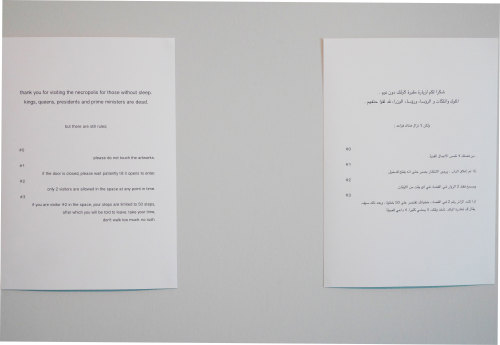


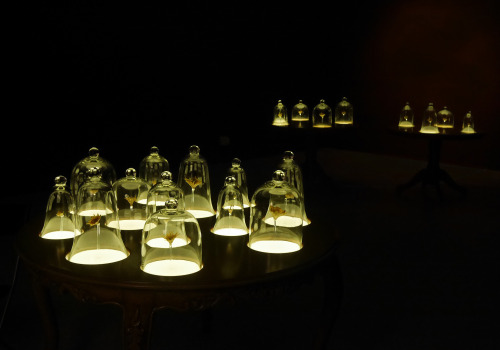

 Not exactly the same but I was thinking of their earlier period in 2005 that kinda reminded me of this uk FAT. (find out more about them: http://www.fashionarchitecturetaste.com/)
Not exactly the same but I was thinking of their earlier period in 2005 that kinda reminded me of this uk FAT. (find out more about them: http://www.fashionarchitecturetaste.com/)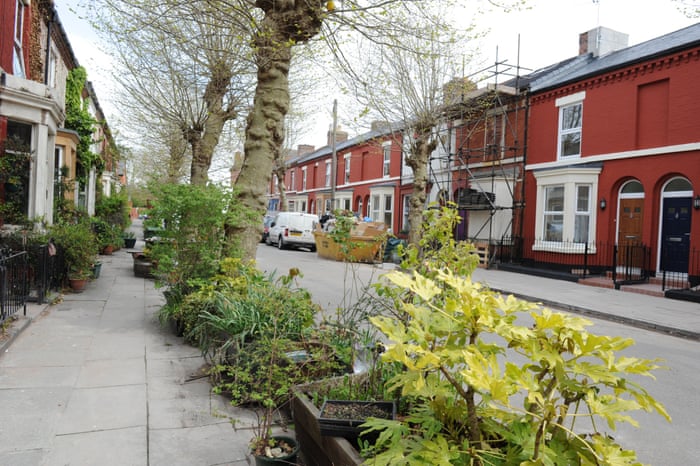 |
| Cairns Street in Toxteth, which Assemble have helped to transform after decades of ‘managed decline’. Photograph: Andrew Teebay/Liverpool Echo |
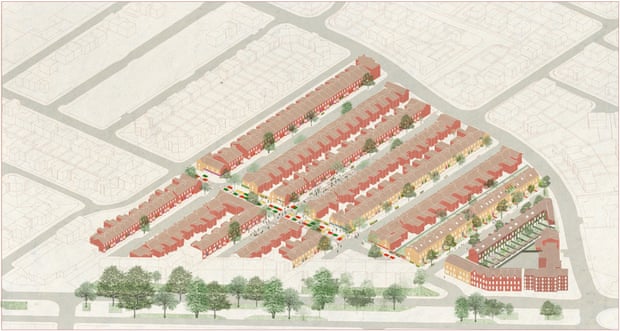 |
| Plans for Assemble’s renovation of the Granby Four Streets area of Toxteth in Liverpool |
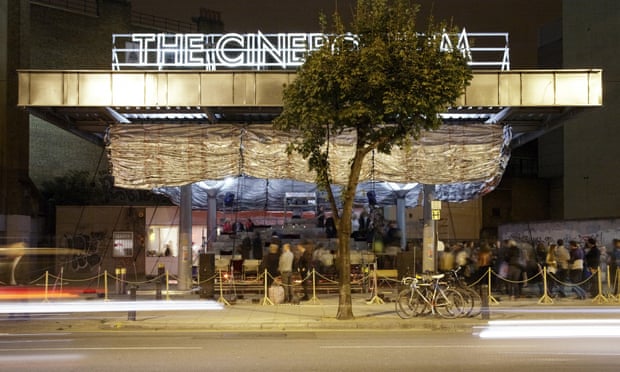 |
| The Cineroleum … Assemble’s first project converted an abandoned petrol station into a temporary cinema. |
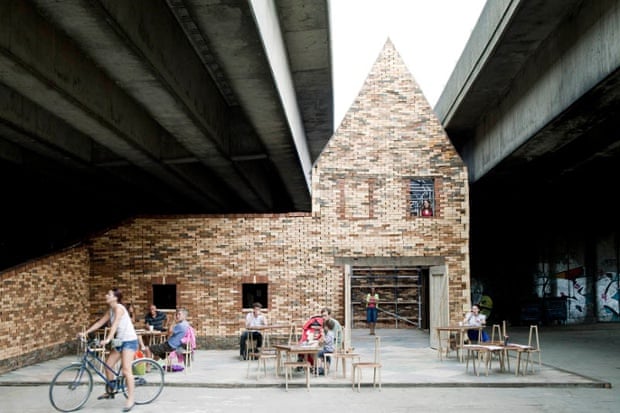 |
| Folly for a Flyover … their second temporary events space was conceived as a little house trapped beneath a motorway. |
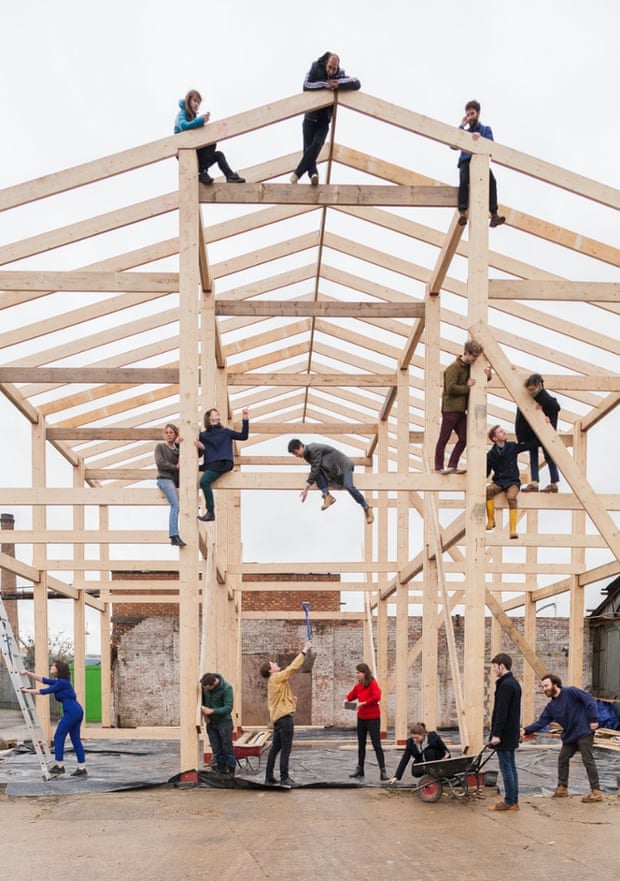 |
| Yardhouse under construction … erected with the collective spirit of an Amish barn-raising. |
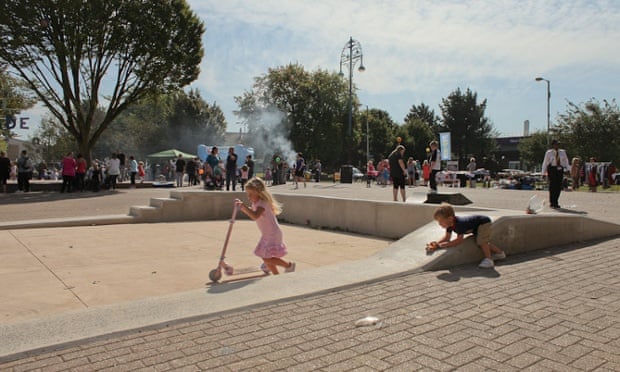 |
| New Addington town square … the result of weeks of testing uses with temporary structures and events. |
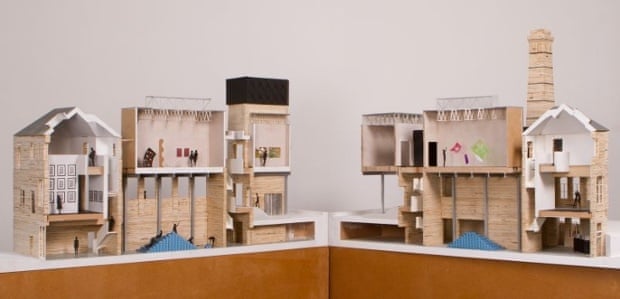 |
| Goldsmiths Art Gallery … being carved out from a series of extraordinary spaces within a former Victorian bathhouse. |